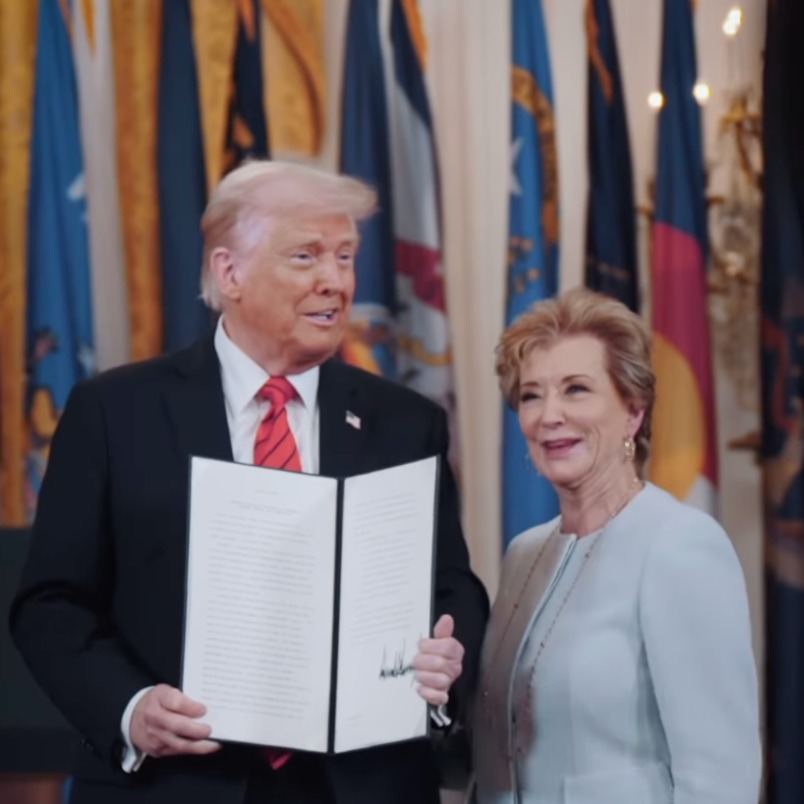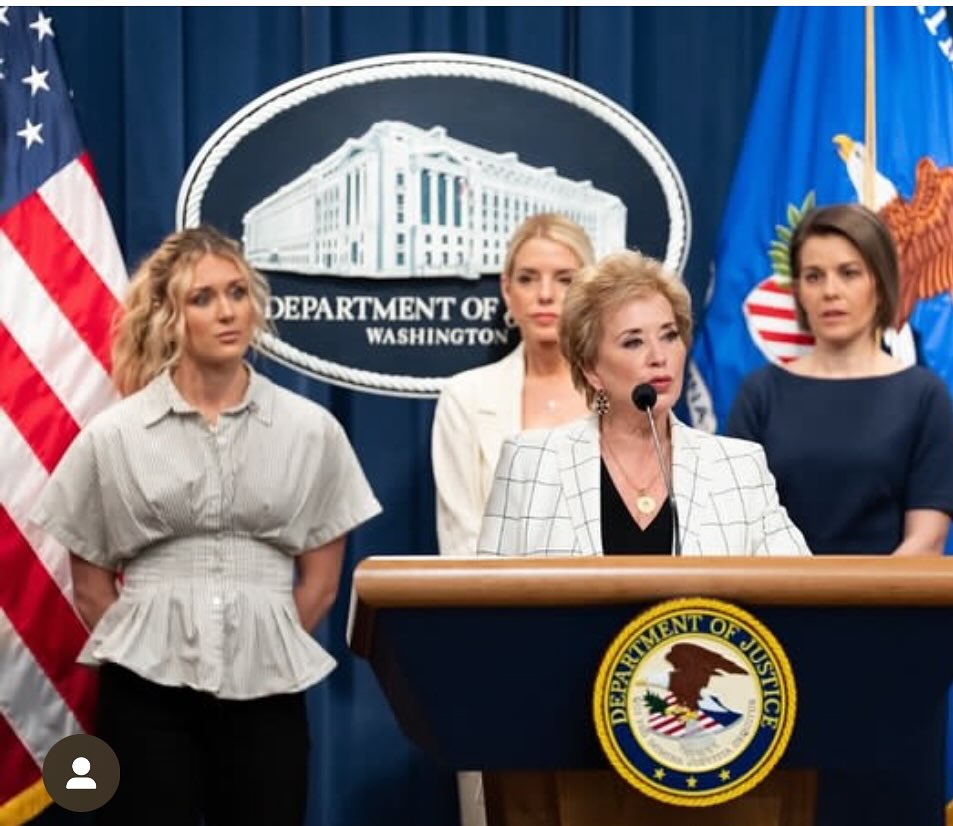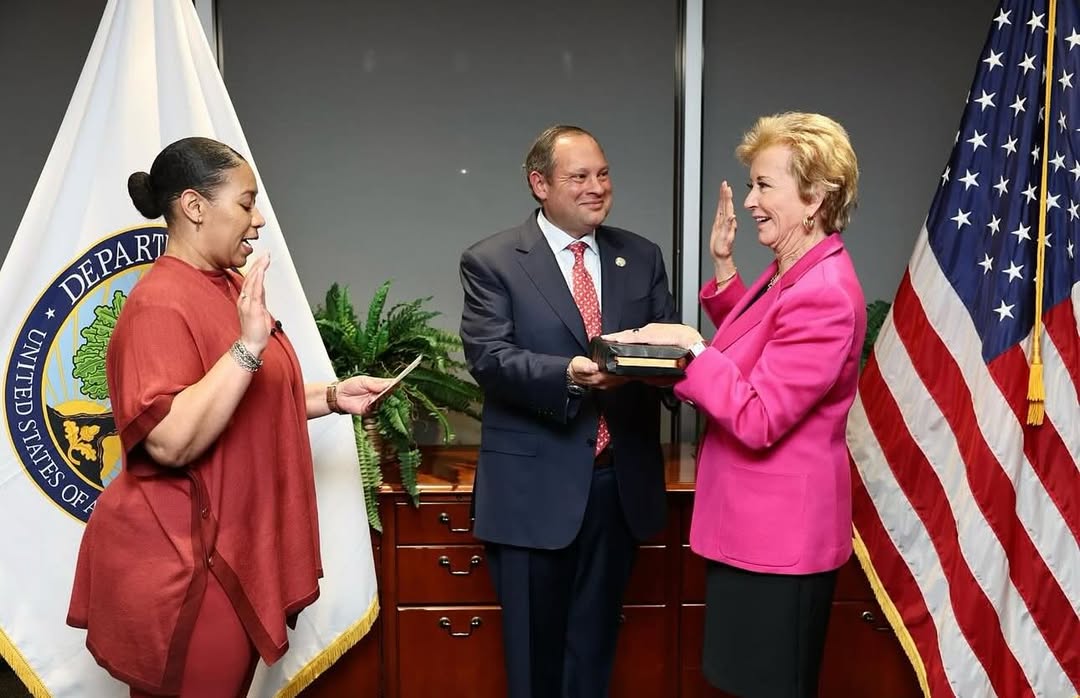The Trump administration has secured a significant legal victory, with the US Supreme Court granting permission to proceed with mass layoffs at the Department for Education. The ruling, issued in a brief order on Monday, reversed a previous decision by a Massachusetts judge that had blocked the dismissal of over 1,300 employees. The move is part of former President Donald Trump’s broader initiative to reduce the size of the federal government and dismantle the Education Department, an agency he and his allies have long criticised for overreaching influence in state-run schooling.
++ Brutal beach brawl: elephant seals fight for dominance
In response to the ruling, Education Secretary Linda McMahon expressed satisfaction, describing it as a step towards reforming the American education system. “This is a real victory for the future of American education,” McMahon told Fox News. The Supreme Court did not explain its decision—common practice for emergency docket cases—but the three liberal justices dissented. Justice Sonia Sotomayor warned of the potential consequences, arguing the layoffs could result in serious setbacks to civil rights enforcement in education, particularly in cases of discrimination and sexual assault.
Since its establishment in 1979, the Department for Education has functioned largely as a funding body, supporting K-12 schools and low-income students while ensuring institutions adhere to civil rights protections. It does not dictate curriculum, teaching methods, or staff hiring decisions. Trump’s March executive order tasked McMahon with “eliminating” the department, citing federal overreach. Although a complete shutdown would require an act of Congress, the administration has sought to weaken the agency by reducing its workforce.
++ Superman film sparks political row over immigration and morality
Earlier this year, a coalition of states led by New York sued the federal government, accusing it of circumventing Congress by initiating the layoffs. In May, District Judge Myong Joun ruled in favour of the states. However, Solicitor General John D. Sauer argued that the layoffs were not part of a wider dismantling effort and claimed the government would suffer financial harm if forced to maintain the current staffing levels. The Supreme Court ultimately sided with the administration, allowing the reductions to move forward.





